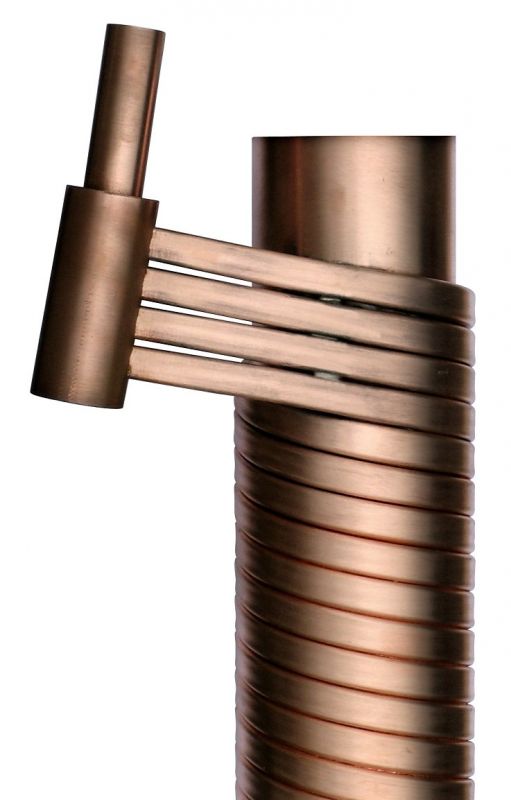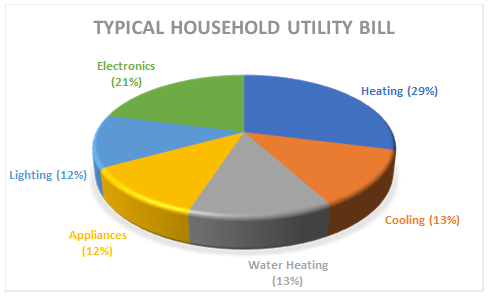Wastewater Heat Recovery – How to Save Money
Published on by Marina A, Previously Key Account and Content Manager at AquaSPE AG in Technology
Wastewater goes down the drain and your money goes with it. Wastewater contains substantial amounts of heat which is mostly not used and is simply wasted.
This unused heat got me thinking about how we can be more economical with our resources and utilize the unnecessarily wasted heat. If I’ve paid for it – why pour it down the drain? Literally.
 Wastewater heat recovery, also known as drain or grey water heat recovery is a way of retrieving heat from showering, dish- and clothes washing, to heat up the yet-to-be-used water. The clean water is heated up through heat exchange without the two types of water actually making contact.
Wastewater heat recovery, also known as drain or grey water heat recovery is a way of retrieving heat from showering, dish- and clothes washing, to heat up the yet-to-be-used water. The clean water is heated up through heat exchange without the two types of water actually making contact.
Let’s take an example – shower water. Most of us have the comfort of taking a long (not too long – keeping in mind water conservation) hot shower. The hot water does not just magically happen and needs to be heated.
What if we could heat up new water to a mildly hot temperature for free? I say for free – but you will need a gravity-film heat exchanger. However, apart from one-time installation costs, it will bring you money.
The idea is to transfer the energy from the hot shower water that has been used, to clean water and pre-heat it. When this water is heated (up to 25 ˚C) before getting to the water heater, the output of the heater can be doubled. The water heater will heat shower water drastically faster and easier, hence, saving energy – and saving money.
So, how does it work?
Gravity-film heat exchanger is a simple device for heat recovery, installed into a vertical drain line. As the used hot water falls down due to gravity, clinging to the side of the pipe and creating a film, the heat is transferred to the outside coil, which is new fresh water.
Gravity-film exchange captures 50% of energy that would otherwise be thrown down the drain.

It can be used with any water system. It pays off rather fast (2 years for the electric heater and 5 years for gas). It is maintenance-free and works with zero operating costs. Take into consideration, that it will pay off much faster for households of at least 4 people, since they together produce greater quantities of water – showers, dishwashing, washing clothes… The initial average cost is around $100.
The ideal use of the system is for showers where wastewater and water production happen at the same time. The gravity-film heat exchanger has relatively little thermal mass, so it cannot really store heat for later use.
Wastewater heat recovery is not yet common in households, but I urge you to explore the option, as by saving energy, you are at the same time, helping the environment by going green.
* Cover image source: Flickr, labeled free for reuse
Media
Taxonomy
- Grey Water
- Energy
- Energy Reduction
- Energy Efficiency
- Conservation
- Energy Efficiency
- Environmental Impact
- Waste to Energy
- Gravity-film Heat Exchanger
- Wastewater Heat Recovery